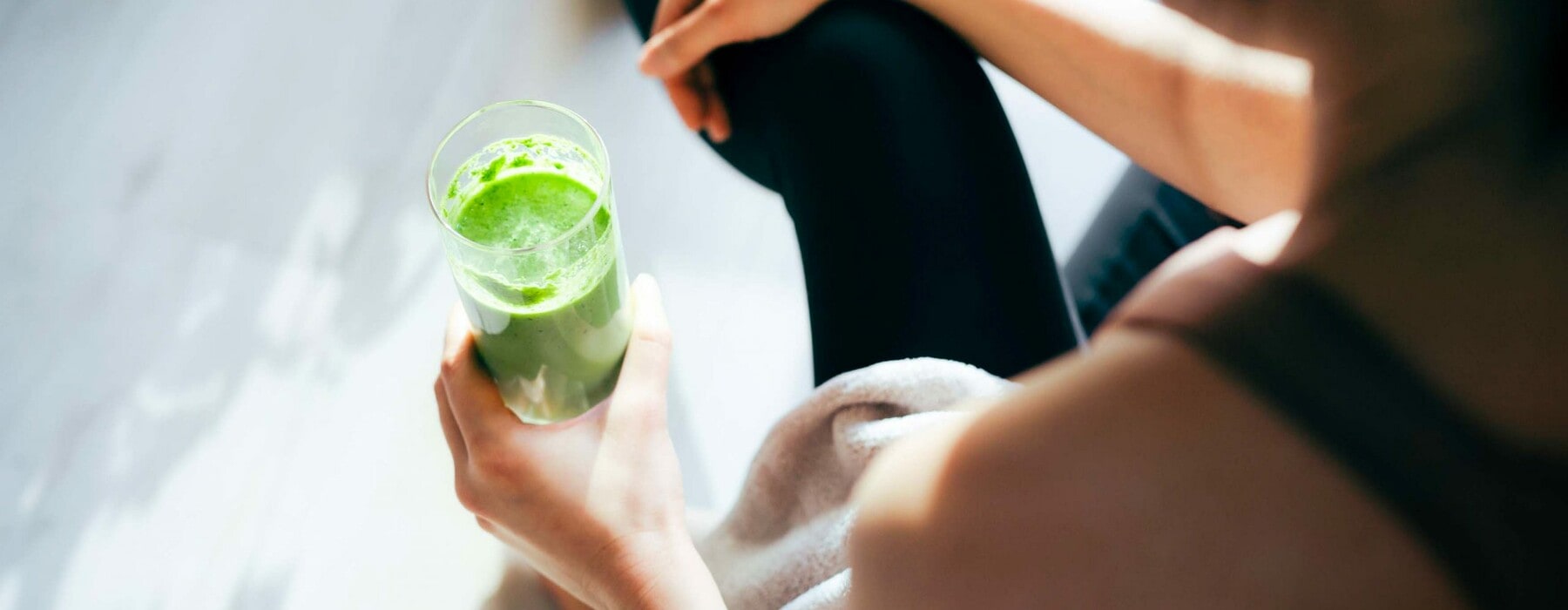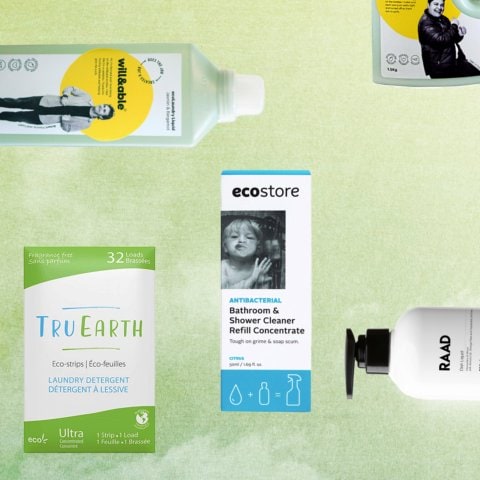It’s a nutrient we need to be more mindful of as we get older. Health Editor Niki Bezzant makes a case for giving your protein intake a push.
It’s not always useful to think of what we eat as nutrients. Any expert will tell you to think of food, not nutrients, for the healthiest and most intuitive eating. Most of us do this naturally anyway; only the most obsessive is ever going to track how many grams of this or that we’re eating. Though recording everything we eat can be useful in some contexts, it can also lead to disordered eating and an unhealthy relationship with food.
That said, protein is a nutrient that’s worth keeping an eye on in our diets. This, along with fibre, are nutrients I’d be interested in if I were tracking. It becomes more important for us as we get older, especially as women when we hit perimenopause and beyond.
Protein is the building block of the body. Its main role is growth and repair; it helps in the formation of muscles, hair, nails, skin and organs. When our bodies are under extra demand – if we’re athletes, growing teenagers, pregnant or breastfeeding, sick or injured – we need more protein to keep that growth and repair going.
Speaking of growth and repair: as we get older – into our 30s and beyond – that building-block role comes into play. We need to keep our protein intake up to help us maintain muscle mass, and keep at bay the gradual loss of muscle which happens over the years.
We stop the loss of our muscle by doing two things together: working the muscles with resistance and weight-bearing exercise, and keeping our protein intake up. We want to make sure that when we stress the muscles through training, our bodies are able to rebuild them, better and stronger than before. If we’re not getting enough protein, we might not get the full benefits from that exercise. And as our muscle declines (and hormonal change naturally occurs), we might start to see an accumulation of fat.
Muscle doesn’t turn into fat, by the way. That’s a common myth that’s still floating around, but it’s not how our bodies work. But the more muscle we have, the better we are at burning fat. So: less muscle means more fat slowly creeps up on us, changing our body composition and making us feel squidgy in places we might rather not. And, more importantly, muscles help us stay stronger and protect our bones and joints as we age, which is all part of staying healthy, mobile and fit. Eating decent amounts of protein, importantly, is associated with a reduced risk of frailty in older women.
Another of protein’s benefits is that it creates a feeling of satiety. We feel full and satisfied when we eat it. In fact there is a theory – known as protein leverage, supported by a growing body of evidence – that we are wired to seek out a certain amount of protein from our food, and we will keep eating until we hit that point. So foods higher in protein play an important role in regulating our appetites.
How much protein do we need? That depends on who you ask. I’ve seen trainers and nutritionists on social media advocating for quite high levels – from 1.5 grams to as high as 2 grams of protein per kilo of body weight, per day. But there’s still debate about this, and it’s known that people with very high protein diets can be at higher risk of kidney stones, so it probably pays to not go overboard. If you’re not a bodybuilder or an elite athlete, somewhere between 1 and 1.5 grams of protein a day per kilo of body weight should be about right.
How do we get enough protein?
We probably know that we get it from animal foods: meat, chicken, fish, dairy. But it’s also in lots of plant foods, like beans, nuts, seeds, soy foods and legumes like chickpeas and lentils. And there are small amounts in foods we might not think of as protein, like vegetables.
Nutritionists tell us it’s a really good idea to spread our protein intake across the day, rather than just loading it into our lunches and dinners. When we do this, we get multiple spikes in muscle protein synthesis, which helps maintain the benefit of exercise and prevent muscle breakdown.
Spread out your protein by including protein foods in each meal and snack. “High protein” boosted foods can be useful; they’ll help you get more bang for your protein buck, and just like savings, every little bit adds up. We don’t necessarily need protein bars or shakes, though they can be useful at times if you’re not in a position to eat whole food. Try to get a meal or snack containing protein (which could include a shake) within an hour after exercise, and that can help with recovery and muscle maintenance.
Here’s an example of what a day’s worth of protein might look like for a 75-kilo woman:
- 2 large eggs (13g)
- 2 slices wholegrain bread (6g)
- 1⁄2 cup yoghurt (10g)
- a small chicken breast (33g),
- half a cup of chickpeas (5g)
- half a capsicum (2g)
- handful of peanuts (9g)
- 150g tofu or 1 small can tuna (18g)
= 96 grams








